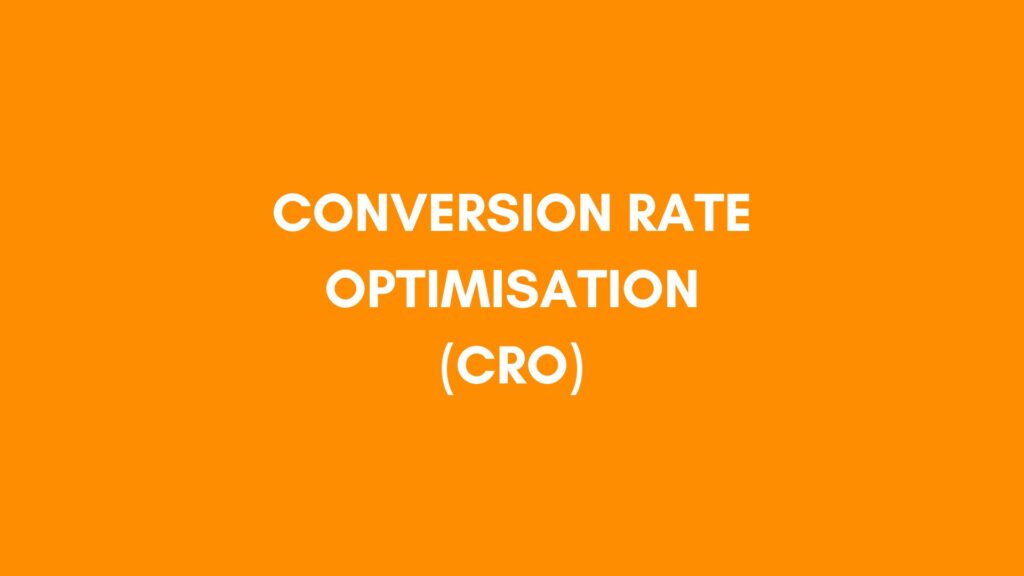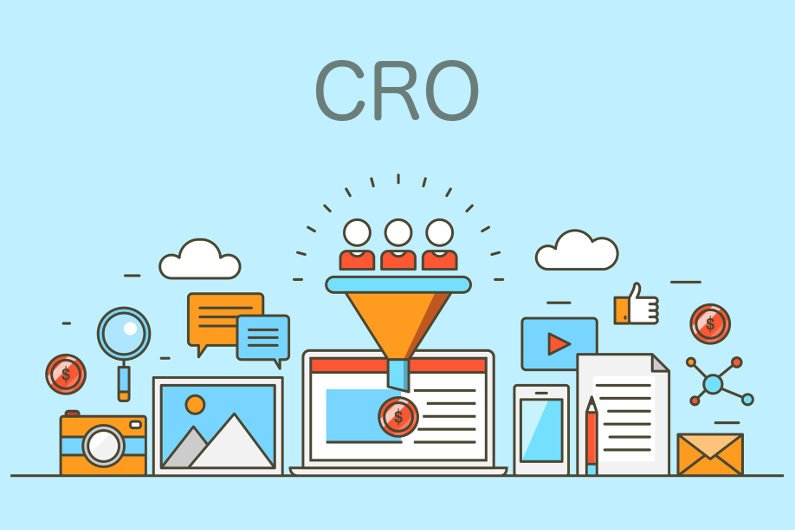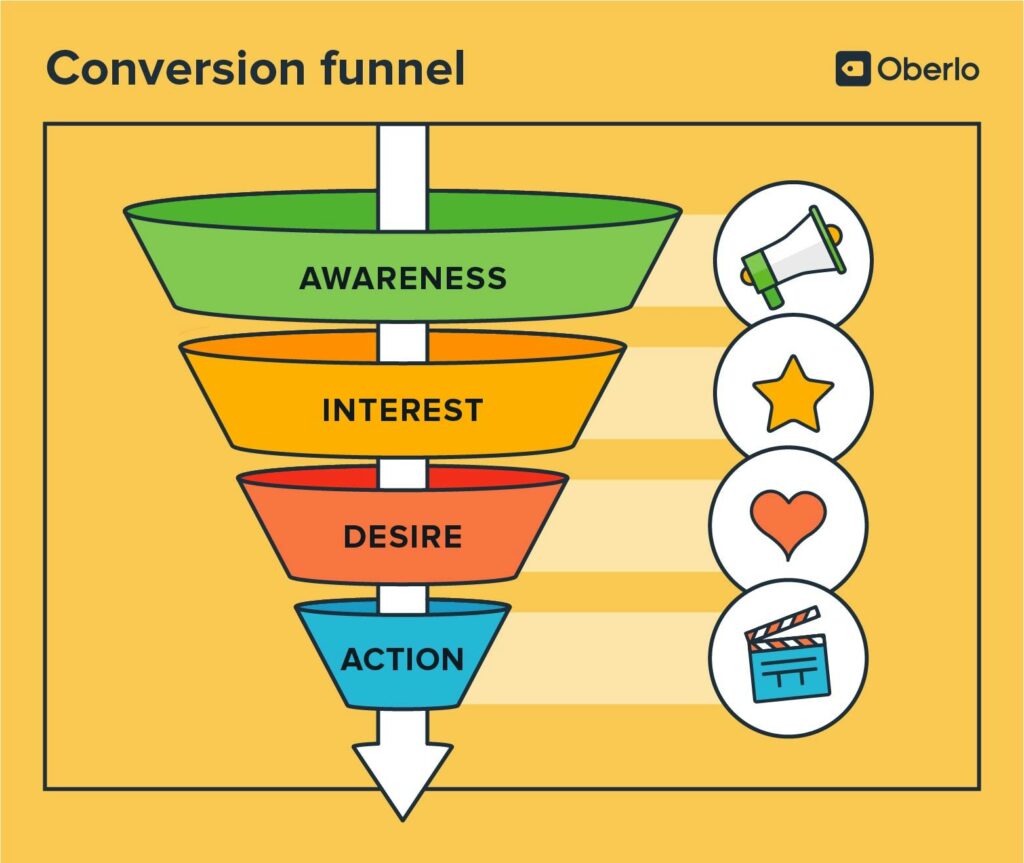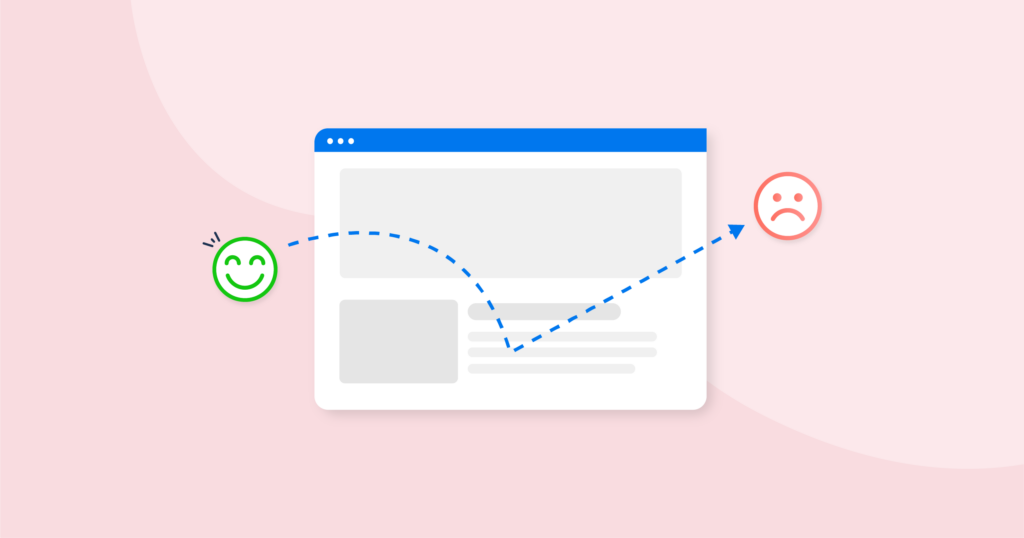Conversion Rate Optimisation (CRO): A Comprehensive Guide

Welcome to the world of Conversion Rate Optimisation (CRO) – where your website’s success is determined by how many visitors turn into customers. In today’s digital landscape, simply driving traffic to your site isn’t enough; you need to ensure that those visitors take the desired action, whether it’s making a purchase, signing up for a newsletter, or filling out a contact form.
What is Conversion Rate Optimisation (CRO)?
Conversion Rate Optimisation, or CRO, is the process of enhancing your website or landing page to boost the percentage of visitors who complete a desired action. This action could be anything from making a purchase to subscribing to a service or downloading a resource. The goal of CRO is to maximise the effectiveness of your website in turning visitors into customers.
The core principle behind CRO is to analyse user behaviour and optimise the user experience to encourage more conversions. This involves understanding how visitors interact with your website, identifying barriers that may prevent them from completing the desired action, and implementing changes to overcome those barriers.

To achieve this, CRO employs various techniques and methodologies, including:
1. Data Analysis:
CRO begins with analysing data from tools like Google Analytics to gain insights into user behaviour, such as where visitors are coming from, which pages they visit most frequently, and where they drop off in the conversion process.
2. User Testing:
User testing involves observing real users as they navigate through your website and identifying any usability issues or friction points that may hinder conversion. Techniques like heatmaps, session recordings, or conducting surveys are used to do this.

3. A/B Testing:
A/B testing, also known as split testing, involves comparing two versions of a webpage or element to determine which one performs better in terms of conversions. By testing different variations of headlines, call-to-action buttons, layouts, or other elements, you can identify the most effective combination for driving conversions.
Overall, Conversion Rate Optimisation is a strategic approach aimed at maximising the effectiveness of your website in converting visitors into customers or achieving other desired actions. By understanding user behaviour, testing different elements, and making data-driven improvements, you can optimise your website to drive more conversions and ultimately achieve your business objectives.
Understanding the Basics:
1. Conversion Rate:
The conversion rate is a vital metric in digital marketing that indicates the percentage of website visitors who take a specific desired action. This action could be anything from making a purchase, signing up for a newsletter, downloading a resource, or any other action that aligns with the goals of the website. To calculate the conversion rate, you take the number of conversions (desired actions) and divide it by the total number of visitors, then multiply by 100 to get a percentage. For example, if your website had 1000 visitors and 50 of them made a purchase, your conversion rate would be 5%.

2. Conversion Funnel:
The conversion funnel is a conceptual model that represents the stages a visitor goes through on a website before completing a desired action, such as making a purchase. It’s called a “funnel” because, similar to how items flow through a funnel, not all visitors who enter the funnel will complete the desired action. The stages of the conversion funnel typically include:

- Awareness: The visitor becomes aware of your brand or product, often through marketing efforts like ads, social media, or organic search.
- Interest: The visitor shows interest in your offerings by exploring your website, reading content, or engaging with your brand in some way.
- Consideration: The visitor considers your products or services as a solution to their needs or problems. They may compare different options or read reviews and testimonials.
- Action: The final stage where the visitor takes the desired action, such as making a purchase, signing up, or completing a form.
3. Key Performance Indicators (KPIs):
KPIs are metrics used to evaluate the success of your Conversion Rate Optimisation (CRO) efforts. They help you understand how well your website is performing and where improvements can be made. Some common KPIs related to CRO include:
- Conversion Rate: As mentioned earlier, this measures the percentage of visitors who complete a desired action.
- Bounce Rate: This indicates the percentage of visitors who leave your website without interacting with any other pages. A high bounce rate may suggest that visitors are not finding what they’re looking for or encountering usability issues.

- Average Session Duration: This measures the average amount of time visitors spend on your website. A longer session duration often indicates higher engagement and interest in your content.
- Revenue per Visitor: This metric calculates the average revenue generated by each visitor to your website. It helps you understand the monetary value of your traffic and identify opportunities to increase revenue.
By understanding and monitoring these key concepts, you can effectively optimise your website to increase conversions and achieve your business goals.
The Importance of CRO:
The importance of Conversion Rate Optimisation (CRO) cannot be overstated in today’s highly competitive digital landscape. Here’s why CRO is crucial for maximising the return on investment (ROI) of your marketing efforts:
Increased Sales:
By optimising your website to convert more visitors into customers, you can directly impact your bottom line. A higher conversion rate means more sales, which translates to increased revenue and profitability for your business.

Improved Customer Satisfaction:
A well-optimised website provides a seamless and intuitive user experience for visitors, making it easier for them to find what they’re looking for and complete desired actions. This leads to higher levels of customer satisfaction and loyalty, as users are more likely to return to a website that meets their needs efficiently.
Business Growth:
As you increase your conversion rate and generate more sales, your business will experience steady growth. This growth may come in the form of expanding your customer base, launching new products or services, or entering new markets. CRO plays a vital role in driving this growth by maximising the effectiveness of your online presence.

Data-Driven Decision Making:
One of the key benefits of CRO is its reliance on data and experimentation. By conducting A/B tests and analysing user behaviour, you can gather valuable insights into what resonates with your audience and what doesn’t. This allows you to make informed decisions about which elements of your website to optimise for maximum impact.
Competitive Advantage:
In today’s competitive marketplace, businesses that prioritise CRO gain a significant competitive advantage. By continuously improving your website’s performance and conversion rate, you can stay ahead of competitors and attract more customers in your industry.
Overall, Conversion Rate Optimisation is not just a nice-to-have but a critical component of any successful digital marketing strategy. By focusing on CRO, you can drive tangible results for your business, increase sales, enhance customer satisfaction, and position yourself for long-term success in the digital age.
Best Practices for CRO:
- Conduct thorough research: Start by analysing your website analytics to identify areas for improvement. Pay attention to user behaviour, such as where visitors are dropping off in the conversion funnel.
- A/B testing: Test different variations of your website elements to see which ones perform best. This could include testing different headlines, images, colours, and layouts.
- Optimise for mobile: With an increasing number of users accessing websites from mobile devices, it’s essential to ensure that your website is optimised for mobile responsiveness. A mobile-friendly site can significantly impact conversion rates.

- Simplify the conversion process: Make it as easy as possible for visitors to complete the desired action. This may involve reducing the number of form fields, streamlining the checkout process, or providing clear instructions.
- Continuously monitor and iterate: CRO is an ongoing process that requires constant monitoring and optimisation. Keep track of your KPIs and make adjustments as needed to improve performance over time.
In conclusion, Conversion Rate Optimisation can have a significant impact on your business’s success. By understanding the basics of CRO, you can optimise your website to convert more visitors into customers and achieve your marketing goals.






